Growing Tamarack from Seed
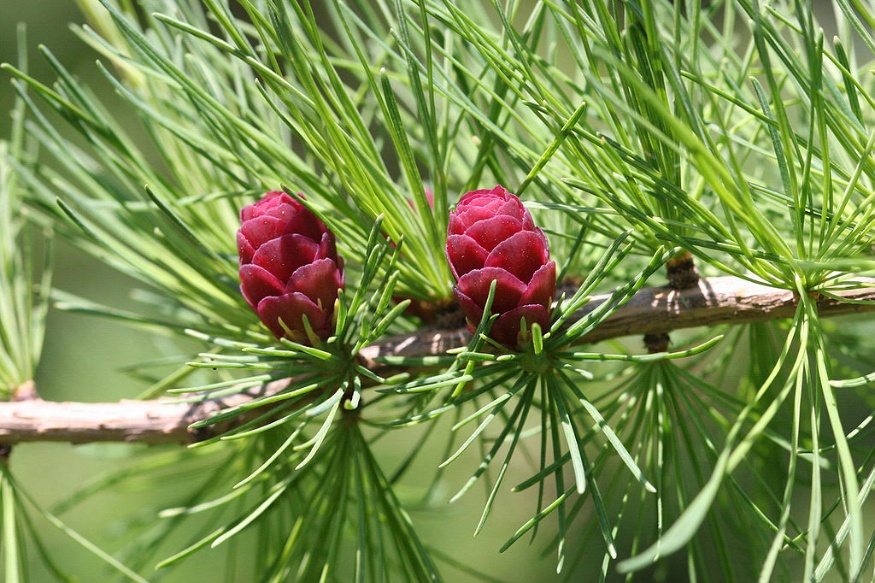
North American Larch (tamarack) or Larix laricina is a medium to large tree, native to North America. Larch are known for their short needles which grow in tufts like a pine, but along their stems like a fir tree. Though less popular as a landscape plant, they can be a nice addition to naturalized landscapes and be grown from seed given patience and the right conditions.
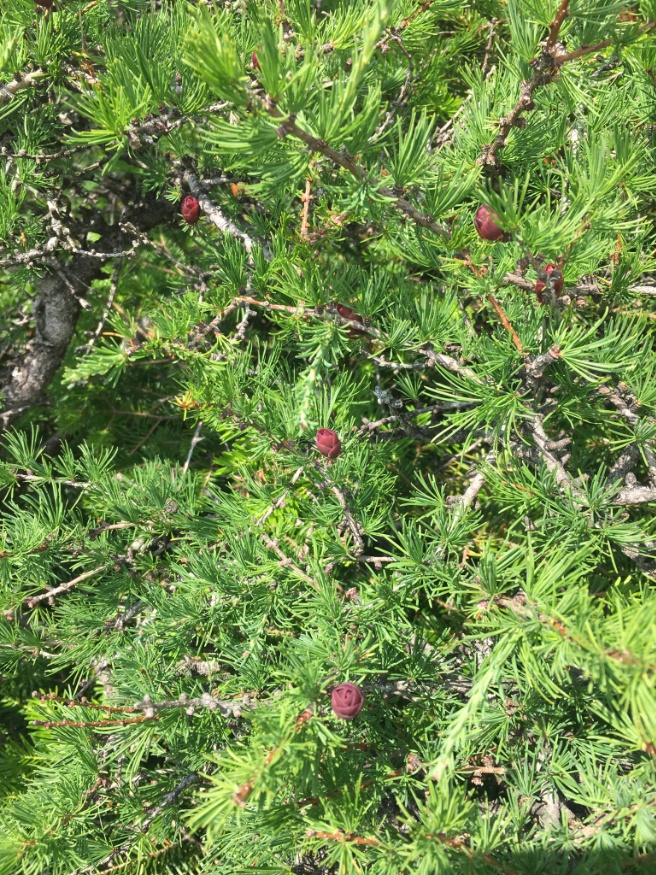
To collect tamarack seeds from the wild, first find a specimen. They're usually found in boggy forest openings from central to Eastern Canada. Find a mature tree with cones. Their seed crops occur 2-6 years apart on trees at least 8 years old, so not all trees will bear seeds. Cones should be collected on the tree in the fall before they open and dry. To encourage them to open, leave them in a warm, dry area and they should eventually open on their own. Good seeds are brown and are the earliest to disperse. Tan color is less desirable and old cones don't contain viable seeds so always pick fresh cones directly off the tree as early as they start to produce. Find viable seeds by placing them in water and seeing which ones float. Soak then store seeds in and envelope and refrigerate. Tamarack seeds can last for several years.
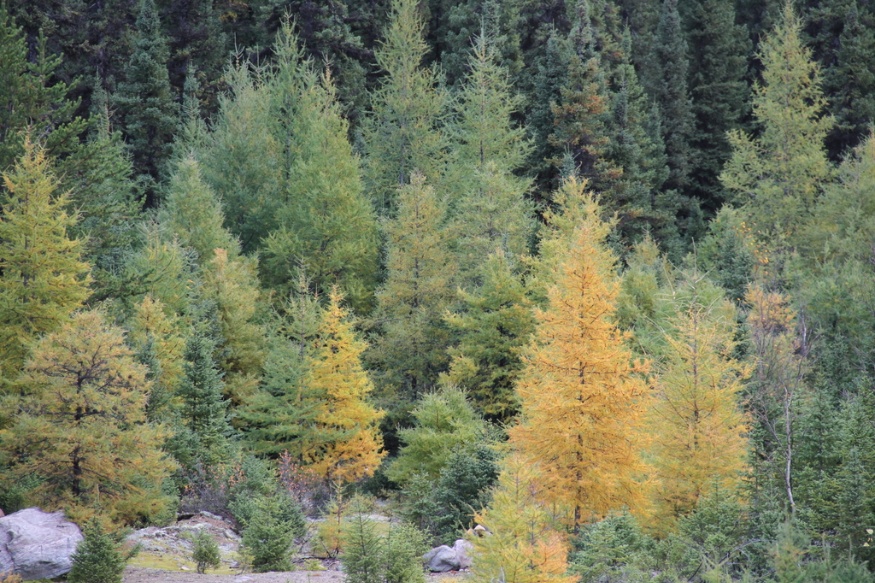
The seeds will need to be exposed to the cold for a period of time to mimic a full winter and the return of spring. This is called stratification. To do this, store them for about two months at around 4 degrees C (40 degrees F) or plant them outdoors in the fall. Stratify in moist sand, soil, or sphagnum peat moss.
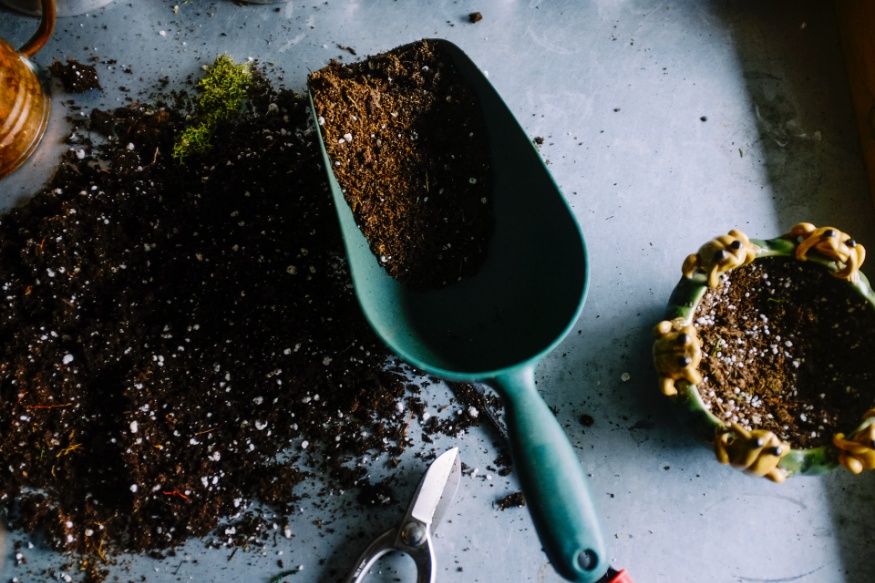
Plant the stratified seed outside in a pot or open ground with adequate space. Tamarack thrives in moist, boggy, sunny conditions with cool summers and cold winters in the wild. Consequently, a location with moist to wet and acidic soil with of PH of 5.0 - 6.0 is needed for it to grow well. The tree is intolerant of dry, shallow, chalky or polluted soils and planting location should have full light exposure. It takes about 40 days to germinate and will need a warm temperature (from 18° to 21° C or 65° to 70° F) to start growing. Larch are very susceptible to damping off until 4-5 weeks old. Damping off is the weakening of stems and roots during a plant's seedling stage due to fungal disease. Proper warmth, drainage, sunlight, air circulation, and sterile soil are some ways to avoid the condition.
Ideally, fertilize the tree during its young stages for a minimum of 2 years. Tamarack has a medium to fast growth rate (2.5 feet per year) in its youth. This slows down over time. Healthy trees can reach from 70 to 75 feet high and 25 to 30 feet wide at maturity.
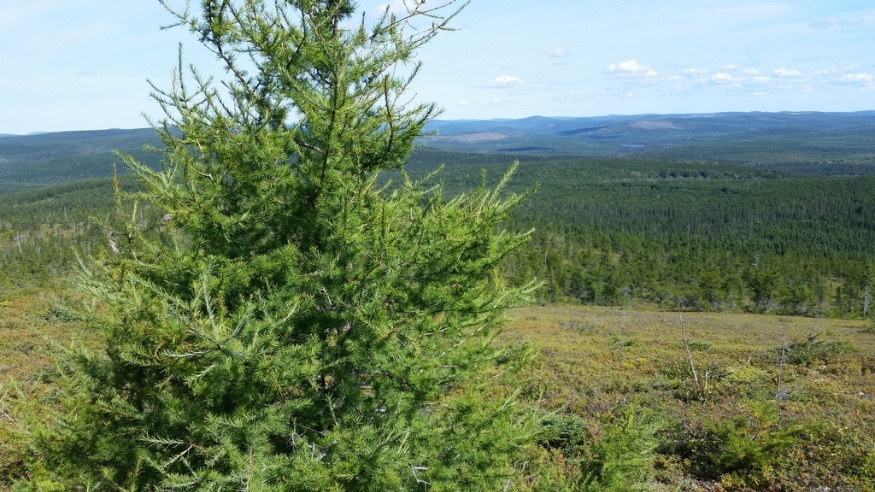
References
O'Connor J. 2012. Rhode Island Nurserymen's Association Meeting. Arboricultural Association Journal, Volume 1, 1968 - Issue 6. November. https://www.tandfonline.com/doi/abs/10.1080/00037931.1968.10590287?journalCode=tarb19 (Accessed October 25, 2018)
Brown D., Weisenhorn J., Johnson G. and Jarvis B. 2018. Fertilizing evergreens. University of Minnesota Extension. https://extension.umn.edu/trees-and-shrubs/fertilizing-evergreens#mulching-evergreen-trees-and-shrubs-1340014 (Accessed October 25, 2018)
Kock H., Aird P., Ambrose J. and Waldron G. 2008. Growing Trees from Seed. A practical guide to growing native trees, vines and shrubs. Firefly Books Ltd., Buffalo, NY.
Dirr, M.A. 2009. Manual of Woody Landscape Plants. Their Identification, Ornamental Characteristics, Culture, Propagation and Uses. Stipes Publishing L. L. C. Champaign, IL.
Hartmann H.T., Kester D.E., Davies Jr. F.T., Geneve R.L. 1997. Plant Propogation: Principles and Practices, Sixth Edition. Prentice-Hall, Inc. Simon & Schuster / A Viacom Company. Upper Saddle River, NJ